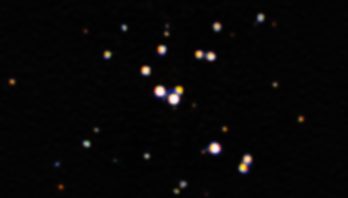
NOIRLab: Sharpest Image Ever of Universe’s Most Massive Known Star
By harnessing the capabilities of the 8.1-meter Gemini South telescope in Chile, which is part of the International Gemini Observatory ...
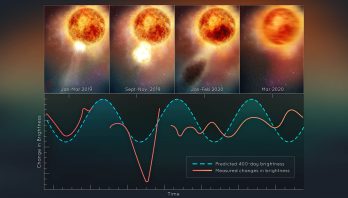
STScI: Hubble Sees Red Supergiant Star Betelgeuse Slowly Recovering After Blowing Its Top
Analyzing data from NASA's Hubble Space Telescope and several other observatories, astronomers have concluded that the bright red supergiant star ...

AURA Celebrates JWST First Images
AURA salutes the international effort of talented people who worked so hard to make these first JWST images possible ...
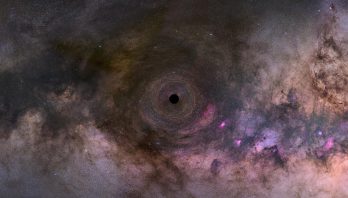
STScI: Hubble Determines Mass of Isolated Black Hole Roaming Our Milky Way Galaxy
Astronomers estimate that 100 million black holes roam among the stars in our Milky Way galaxy, but they have never ...
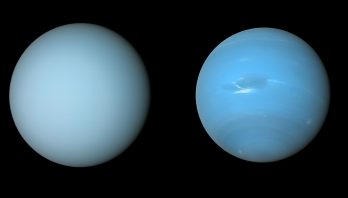
NOIRLab: Gemini North Telescope Helps Explain Why Uranus and Neptune Are Different Colors
Astronomers may now understand why the similar planets Uranus and Neptune are different colors. Using observations from the Gemini North ...
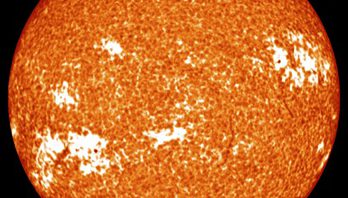
NSO: Scientists Developed New Model to Predict Sunspot and Plage Coverage for Solar Cycle 25
Sunspot and plage area used as a better proxy to predict magnetic phenomena and other indicators important for space weather ...
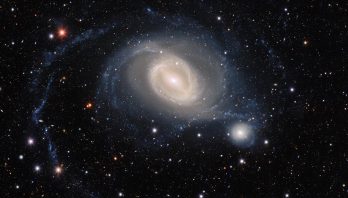
NOIRLab: Galactic Ballet Captured from NSF’s NOIRLab in Chile
The interacting galaxy pair NGC 1512 and NGC 1510 take center stage in this image from the US Department of ...
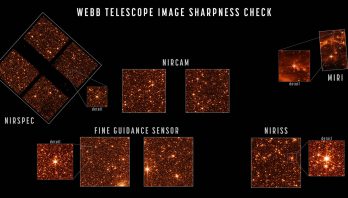
STScI: NASA’s Webb In Full Focus, Ready for Instrument Commissioning
Alignment of NASA’s James Webb Space Telescope is now complete. After full review, the observatory has been confirmed to be ...
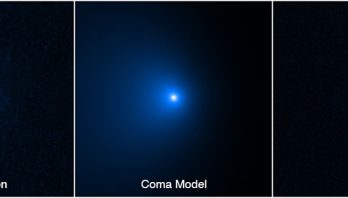
STScI: Hubble Confirms Largest Comet Nucleus Ever Seen
NASA's Hubble Space Telescope has determined the size of the largest icy comet nucleus ever seen by astronomers. The estimated ...
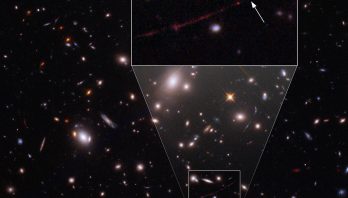
STScI: Record Broken: Hubble Spots Farthest Star Ever Seen
NASA's Hubble Space Telescope has established an extraordinary new benchmark: detecting the light of a star that existed within the ...
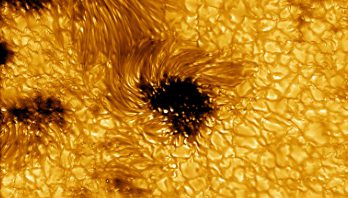
NSO: Daniel K. Inouye Solar Telescope Begins Science Operations Commissioning Phase
On Wednesday, February 23, 2022, the U.S. National Science Foundation’s (NSF’s) Daniel K. Inouye Solar Telescope (Inouye Solar Telescope) commenced its first science ...
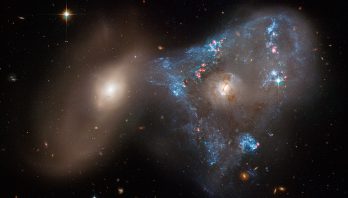
STScI: Galaxy Collision Creates ‘Space Triangle’ in New Hubble Image
A spectacular head-on collision between two galaxies fueled the unusual triangular-shaped star-birthing frenzy, as captured in a new image from ...
